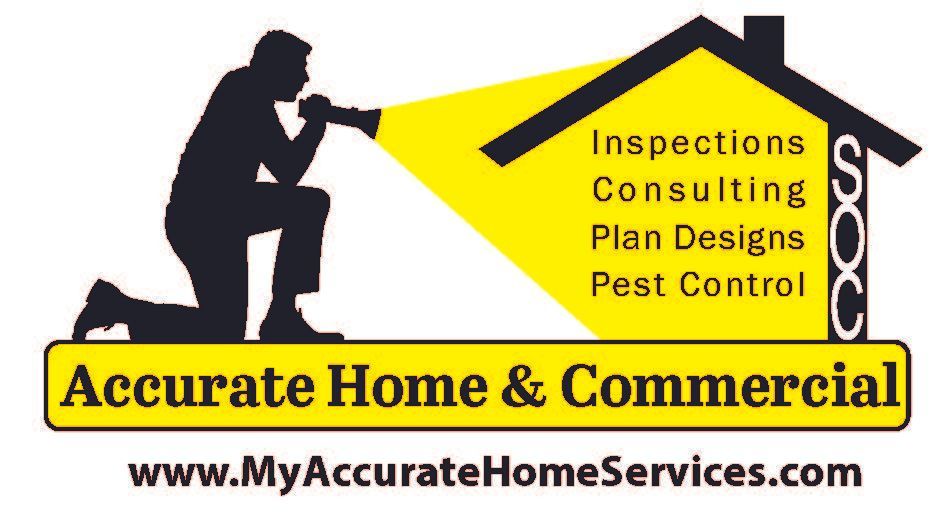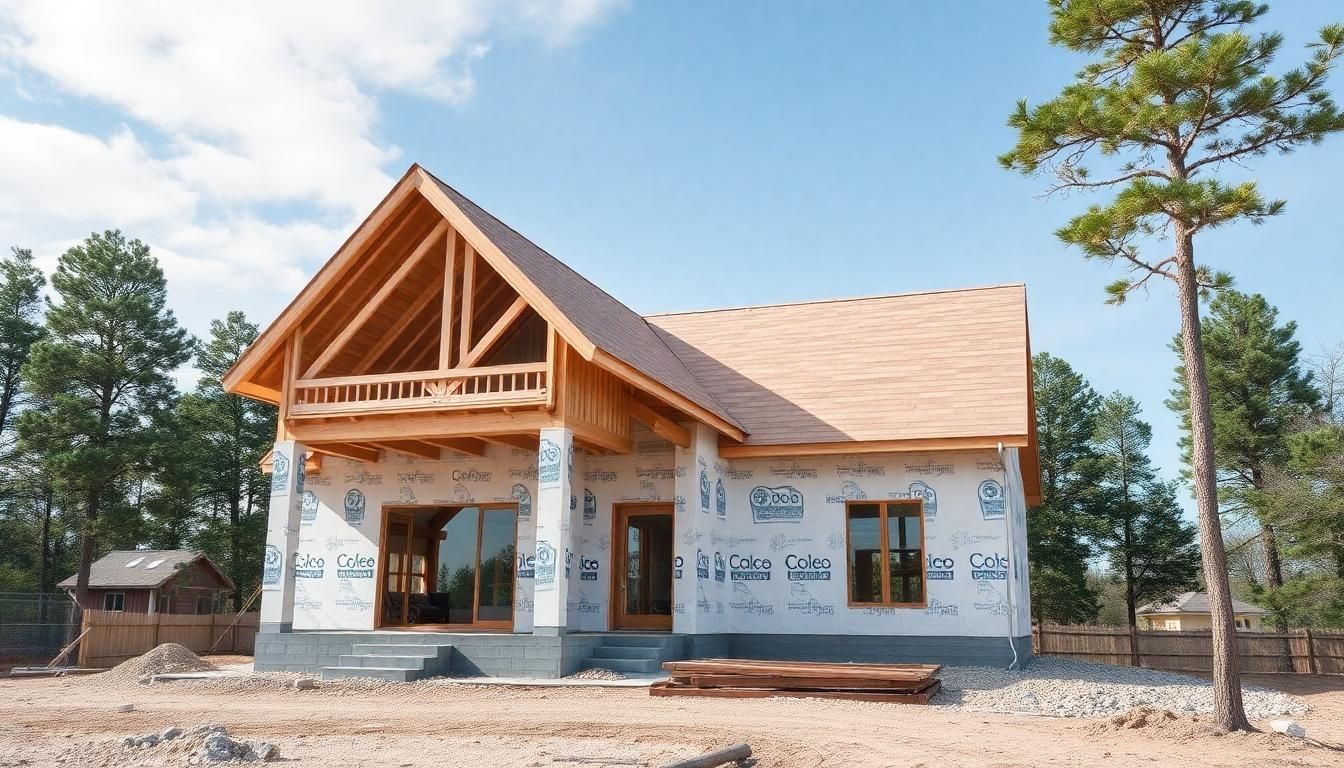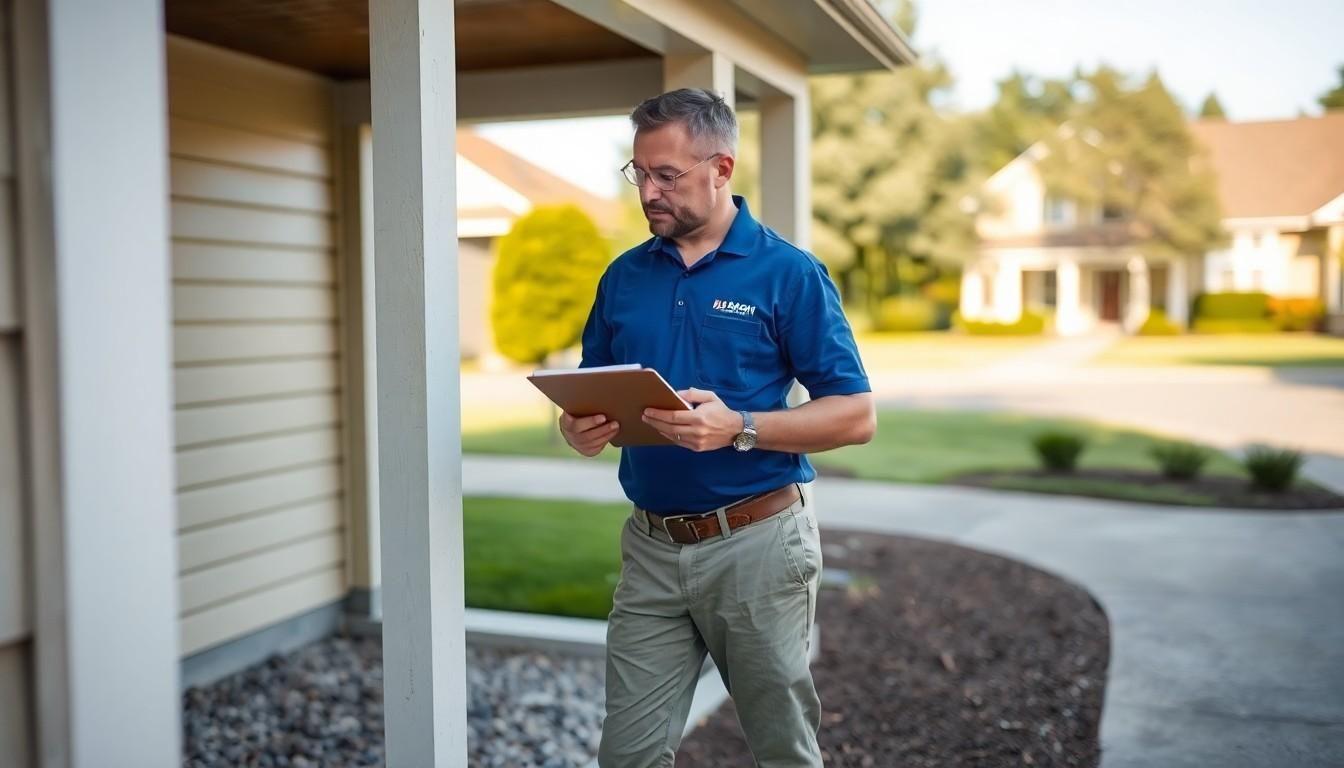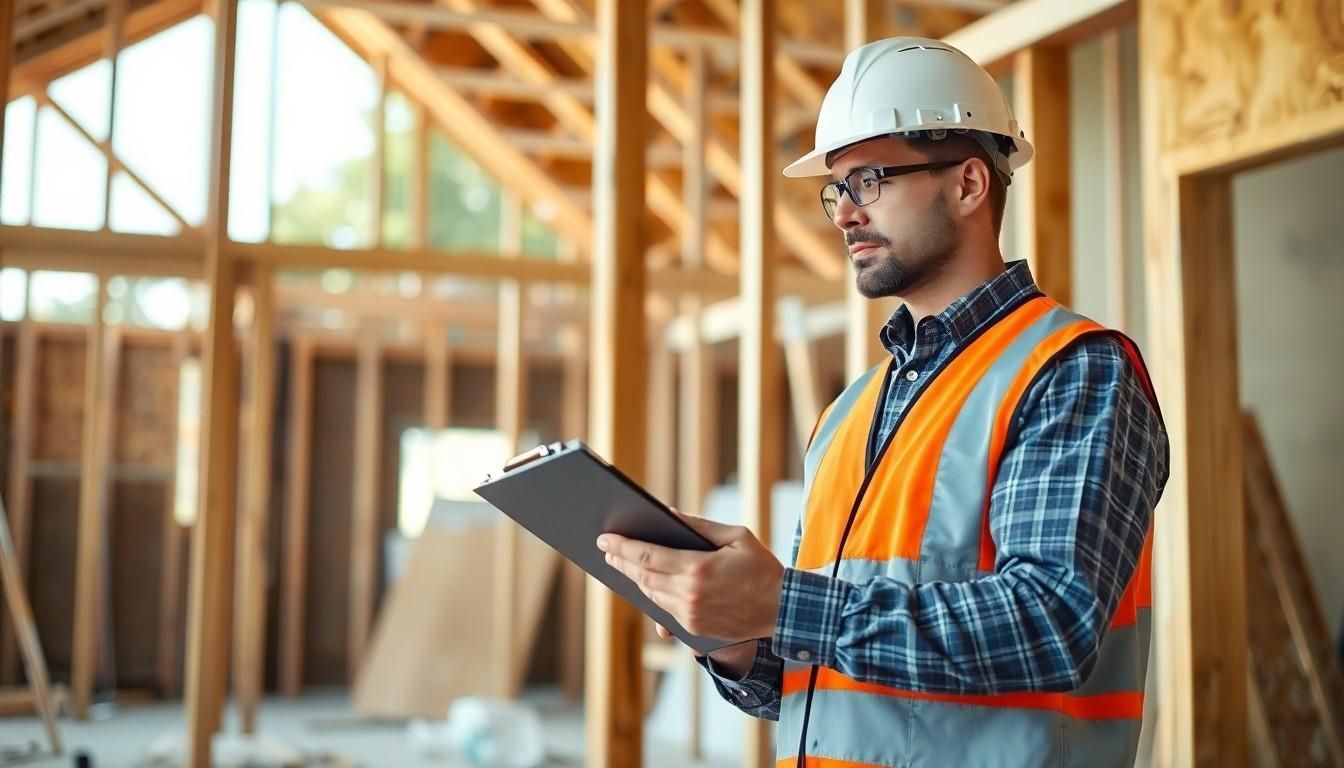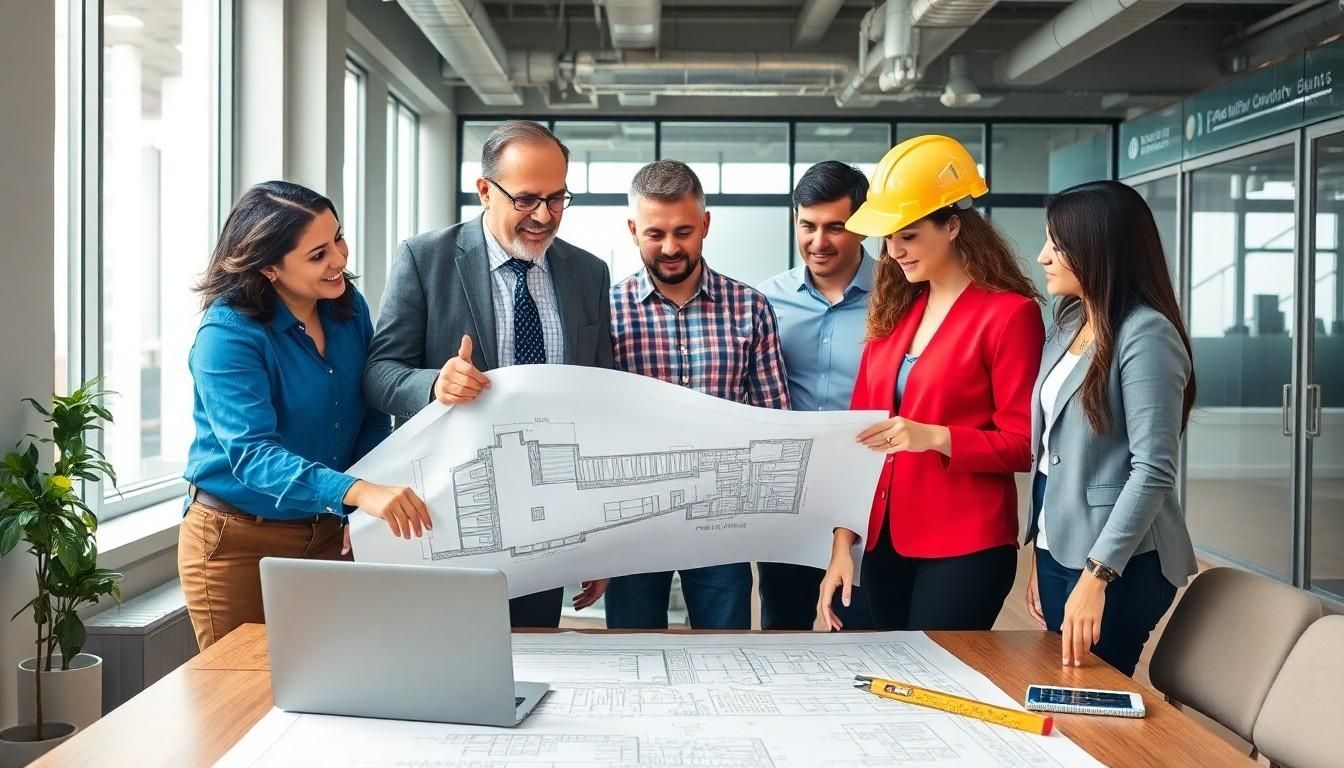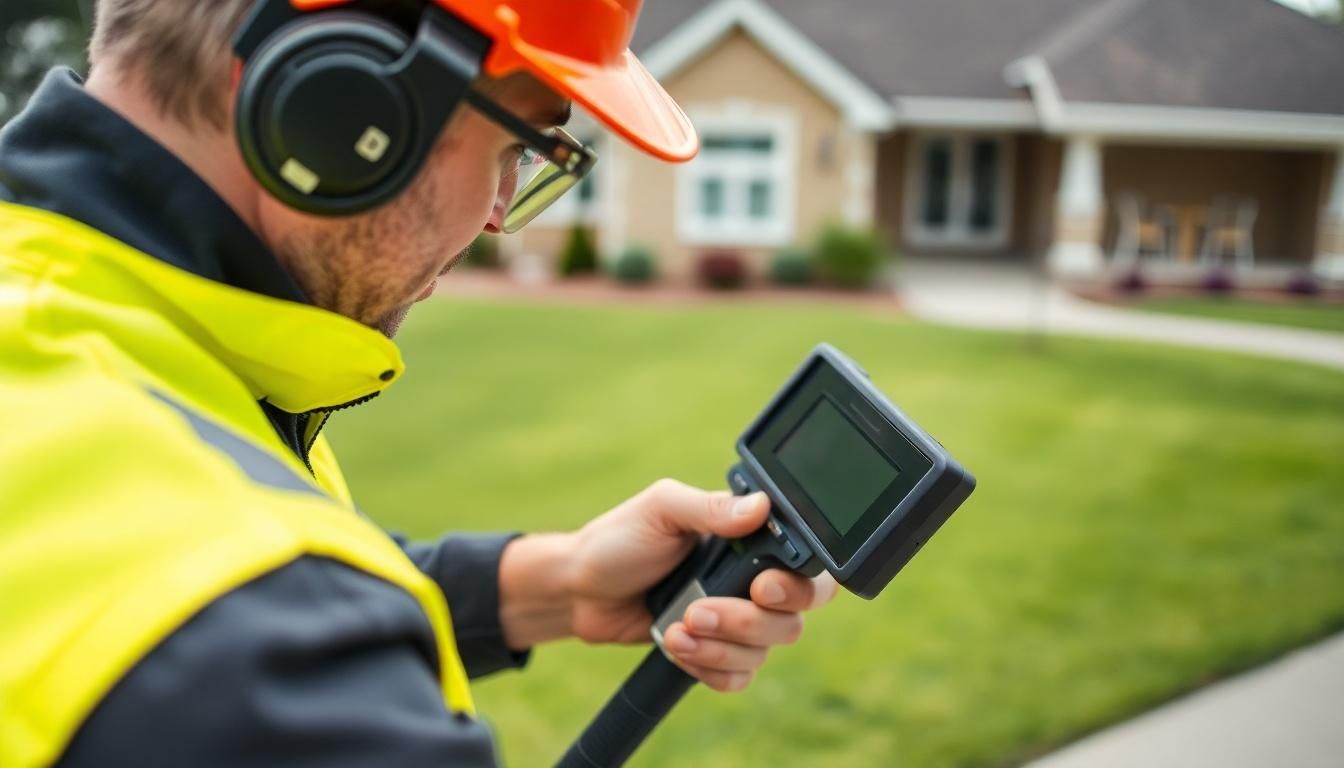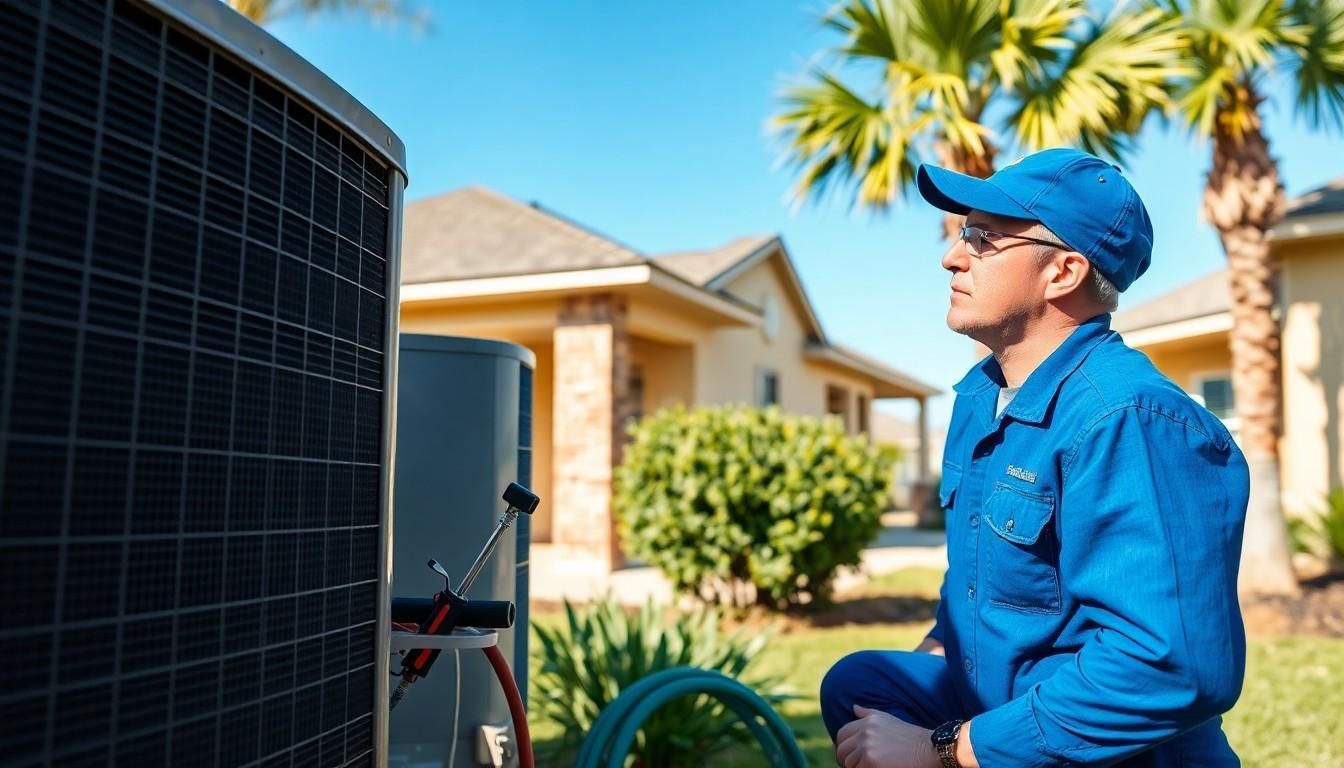Environmental Hazards: Mold, Radon, Lead Paint Insights
- Mold exposure can cause respiratory issues, asthma, and allergies, especially in vulnerable populations.
- Detect mold by looking for discoloration and musty odors; check moisture-prone areas.
- Prevent mold by keeping humidity below 60%, fixing leaks, and ensuring ventilation.
- Radon is the second leading cause of lung cancer; regular testing is crucial.
- Radon detection options include short-term kits, long-term kits, and professional testing.
- Lead paint in homes built before 1978 poses serious health risks, particularly for children.
- Recommended lead practices include inspections, risk assessments, and hiring certified removal professionals.
- Improve indoor air quality by controlling humidity, sealing cracks, and using air purifiers.
Could your home be harboring unseen threats that silently jeopardize your health? Environmental hazards like mold, radon, and lead paint may lurk unnoticed, presenting serious health risks to you and your family. Mold thrives in damp, hidden corners, radon gas seeps through foundations invisibly, and lead paint lingers in older homes, each posing unique dangers.
Understanding these hazards and how to address them is crucial for maintaining a safe and healthy living environment. This article offers insights into the identification, prevention, and remediation strategies essential for safeguarding your home against these invisible invaders.
Understanding Environmental Hazards: Mold
Mold exposure can harm health, especially your respiratory system. People exposed to mold might develop coughing, wheezing, and nasal congestion. Mold often worsens asthma and causes allergic reactions like skin irritation and watery eyes. Mold spores, tiny and airborne, can easily enter homes, posing significant health risks. Those with weaker immune systems, children, and the elderly are particularly vulnerable. It's essential to tackle mold problems quickly and effectively.
Detecting mold at home is usually straightforward, using visual and smell cues. Look for patches of discoloration on walls, ceilings, and surfaces that could appear black, green, or white. A musty odor often indicates mold growth, especially in moist areas like basements and bathrooms. Signs of water damage, such as dampness or stains, also hint at mold, requiring careful inspection.
To prevent mold, you can:
- Keep indoor humidity below 60%
- Fix leaks in plumbing, roofs, and windows quickly
- Ensure good ventilation, especially in moisture-prone areas
- Use mold-resistant materials in building
- Regularly clean and maintain air conditioning and heating systems
When mold grows beyond manageable levels or affects large areas, professional help becomes necessary. Certified specialists can assess and remove mold safely, minimizing health risks. By hiring experts, you ensure thorough mold removal and prevention of future growth through addressing moisture issues and offering solutions for a mold-free home.
Radon: The Silent Threat in Homes

Radon is a significant health risk, being the second leading cause of lung cancer in the USA after smoking. Because it's colorless and odorless, radon enters homes from the ground without detection by humans, stressing the importance of regular testing. Prolonged exposure ups lung cancer risk, especially for non-smokers, making awareness crucial in radon-prone areas.
Radon detection and testing options include:
- Short-term radon test kits: Quick results in days
- Long-term radon test kits: Provide accurate results over months
- Professional radon testing services: Conducted by certified experts
- Continuous radon monitors: Offer ongoing monitoring and immediate alerts
Reducing radon involves techniques to lower its home concentration. Sealing floor and wall cracks prevents radon entry. Installing a radon reduction system, like a sub-slab depressurization system, safely vents radon outdoors. These use pipes and fans to create a foundation vacuum, diverting gas outside. Professional services ensure safety standards are met, reducing radon levels effectively for peace of mind and healthier living.
The Dangers of Lead Paint in Older Homes
Lead paint, once popular for its durability and color, poses major health risks, especially in homes built before 1978. That year marked a federal ban on lead-based paints in housing due to their dangers. Lead exposure occurs as paint breaks down, leading to breathing in or ingesting lead dust and chips. Children are at high risk, facing developmental and neurological harm. Adults may suffer high blood pressure and kidney damage. Lead paint in older homes requires careful inspection and removal to avoid health hazards.
Lead poisoning symptoms can be subtle, varying by exposure level. In children, signs include developmental delays, learning difficulties, irritability, and weight loss. Adults might experience high blood pressure, joint and muscle pain, memory issues, and mood disorders. Thus, homeowners must be vigilant about potential lead hazards and take steps to mitigate them.
Recommended practices for testing and removal:
- Get a professional lead inspection to find lead paint
- Use a risk assessment to gauge exposure level
- Hire certified professionals for safe removal
- Regularly maintain paint surfaces to prevent deterioration
Safe Removal Practices
Hiring certified professionals for lead paint removal ensures safety and regulatory compliance. These experts use specific techniques to limit lead dust and contamination, protecting both residents and the environment. DIY removal worsens the issue, spreading lead particles throughout your home. Professional services guarantee thorough and secure work, ensuring a lead-free living space.
Improving Indoor Air Quality Against Environmental Hazards
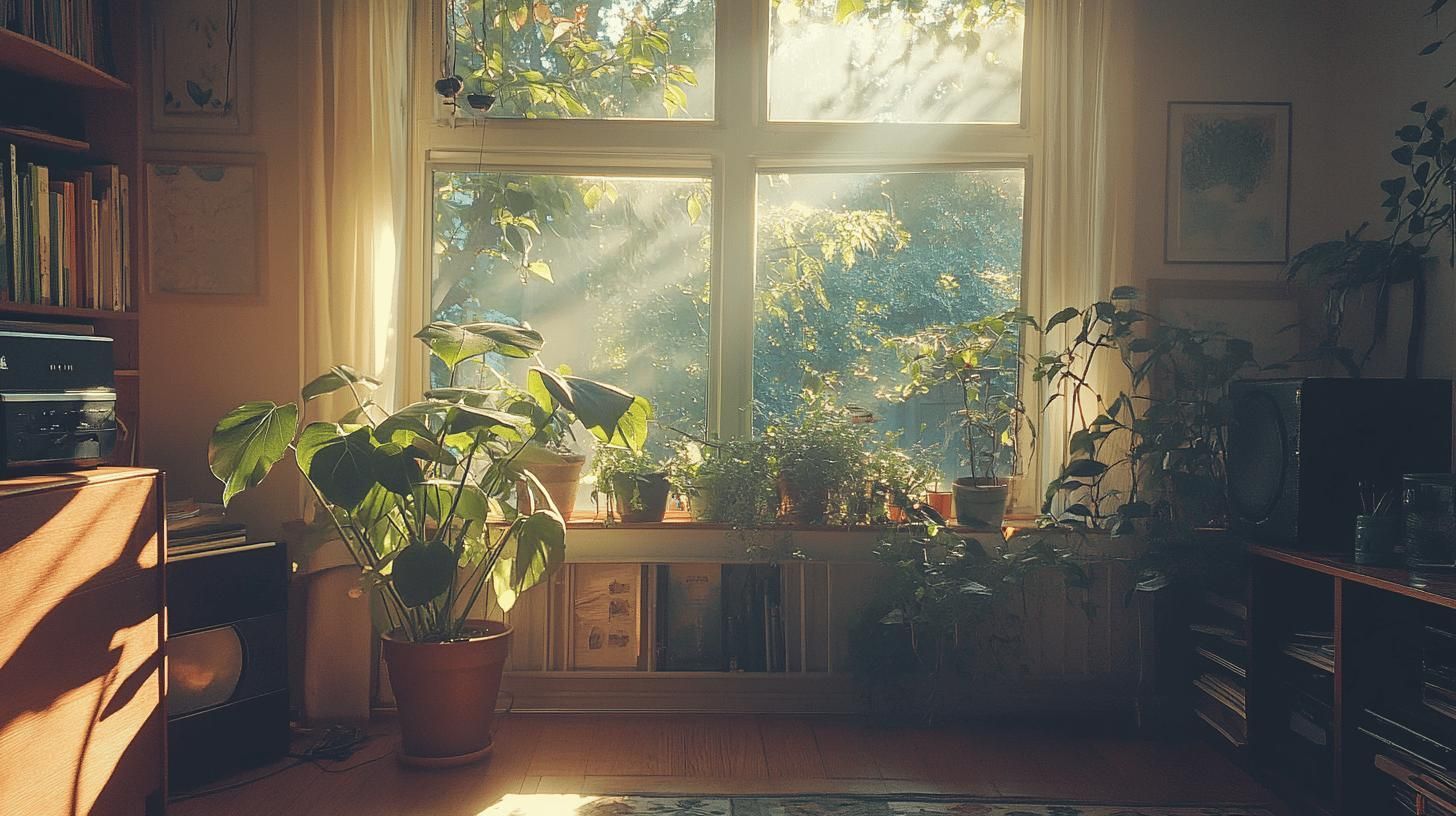
Monitoring and improving indoor air quality is vital for a safe living environment, especially with environmental hazards like mold, radon, and lead. Indoor air can be more polluted than outdoor air, containing contaminants that threaten health.
Mold spores, radon gas, and lead dust in your home can cause respiratory issues, cancer, and developmental problems. Maintaining good air quality involves identifying and managing these pollutants effectively.
Proper ventilation reduces pollutant concentrations by exchanging indoor and outdoor air, diluting harmful substances. Air purifiers with HEPA filters further minimize airborne particles, promoting health.
- Control humidity to prevent mold
- Seal cracks to lower radon entry
- Clean surfaces regularly to cut lead dust
- Use air purifiers to filter pollutants
Professional air quality testing provides a full assessment of your indoor environment, identifying various pollutants and their levels. Certified inspectors use specialized equipment to measure mold, radon, and other contaminants' levels, offering insights into indoor air quality.
Conclusion
Examining environmental hazards such as mold, radon, and lead paint highlights the serious health risks they pose. Mold thrives in damp areas, triggering respiratory problems, while radon, a silent gas, is a major cause of lung cancer. Lead paint exposes residents, especially children, to developmental risks.
Addressing these hazards with effective strategies, including professional testing and remediation, improves indoor air quality and living conditions. By tackling environmental threats, property owners can enhance safety, protect investments, and support healthy living environments for their families and communities.
FAQ
Which is worse, mold or radon?
Radon presents a significant health risk as the second leading cause of lung cancer in the USA. Mold primarily causes respiratory issues. Both require attention, but radon's cancer risk is more severe.
Does radon gas cause mold?
Radon does not directly cause mold. Mold growth thrives in damp conditions, unrelated to radon, a colorless and odorless gas found in soil and rocks.
How is radon detected?
Radon detection involves devices like charcoal canisters, continuous radon monitors, and alpha track detectors. These methods measure radon levels in a home's air accurately.
What are effective radon mitigation techniques?
Effective radon mitigation includes sealing foundation cracks and installing sub-slab depressurization systems to lower indoor radon levels.
How can mold growth be prevented?
Mold prevention focuses on controlling moisture through effective ventilation, fixing leaks, using dehumidifiers, and ensuring proper drainage around the home.



